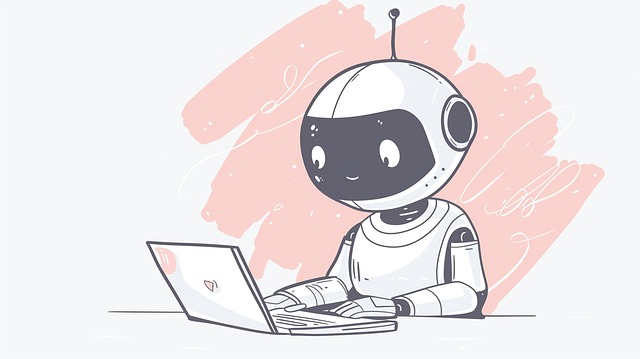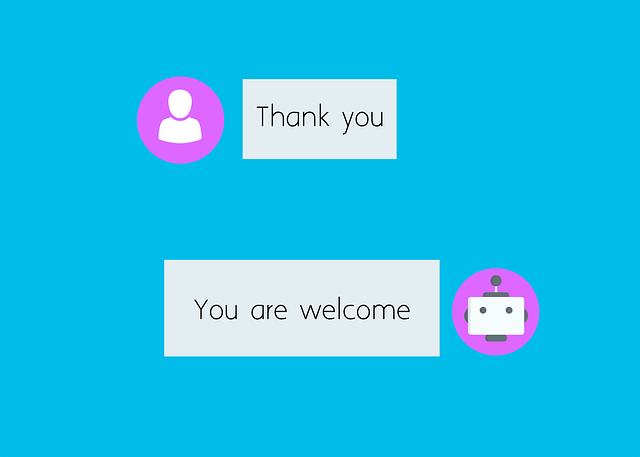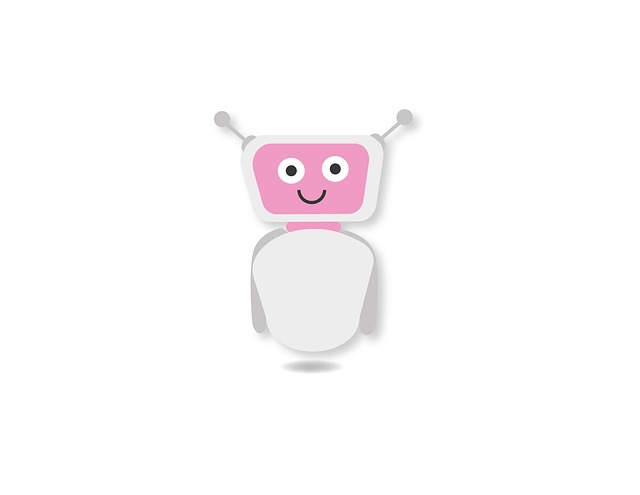Creating an AI chatbot requires understanding its core concepts: Natural Language Processing (NLP), machine learning algorithms, and robust conversational interfaces. Choosing the right development platform is key, from no-code options for beginners to customizable open-source frameworks. Designing effective conversation flows involves mapping user queries, branching dialogue paths, and refining through iterative testing. Training with vast data improves AI chatbot performance, allowing it to adapt to diverse styles and deliver personalized responses. Successful implementation includes seamless integration, thorough testing, and strategic deployment based on target audience and platform compatibility.
Building your own AI chatbot can transform the way you interact with customers or users. This comprehensive guide takes you through every step of creating an effective oChatbot, from understanding fundamental AI principles to integrating and deploying your finished product. We’ll explore development platforms, conversation flow design, training methods, and strategic deployment techniques that enhance chatbot performance. By following these steps, you’ll be well on your way to creating a powerful AI chatbot tailored to your needs.
- Understanding AI Chatbot Fundamentals
- Choosing the Right Development Platform
- Designing Effective Conversation Flows
- Training and Enhancing Chatbot Performance
- Integration, Testing, and Deployment Strategies
Understanding AI Chatbot Fundamentals

Building an AI chatbot requires a foundational understanding of its core concepts and fundamentals. AI chatbots are computer programs designed to simulate human conversation using natural language processing (NLP) techniques. They analyze user inputs, interpret their meaning, and generate contextually relevant responses. These bots leverage vast amounts of data and machine learning algorithms to learn and evolve over time, enhancing their ability to understand and respond accurately.
Fundamental components of an AI chatbot include a conversational interface, NLP engines, knowledge bases, and dialogue management systems. The interface is the point of interaction where users can type in their queries or requests. NLP engines process the user input, breaking down language into meaningful components to determine intent and entities. Knowledge bases store relevant information that the chatbot uses to answer questions or fulfill tasks. Dialogue management systems ensure coherent and contextually appropriate conversations by tracking conversation flow and maintaining context.
Choosing the Right Development Platform

When building an AI chatbot, selecting the appropriate development platform is a pivotal first step. The right platform should align with your project’s scale, complexity, and specific requirements. For instance, simple rule-based chatbots may not need robust platforms designed for advanced AI chatbots, which often involve machine learning models. Popular options range from user-friendly no-code platforms ideal for beginners to highly customizable open-source frameworks catering to developers.
Considerations include integration capabilities with existing systems, scalability to handle varying workloads, and accessibility of supporting communities or documentation. For instance, platforms like Dialogflow (by Google) and IBM Watson offer a blend of visual development tools and advanced AI capabilities, making them versatile choices for developing sophisticated ochatbot solutions.
Designing Effective Conversation Flows

Designing effective conversation flows is a critical step in building an engaging and useful AI chatbot. The key lies in creating natural, human-like interactions that guide users through relevant and meaningful exchanges. Start by mapping out potential user queries and tailoring responses accordingly; this involves anticipating various user inputs and crafting concise, contextually appropriate answers. Incorporate branching dialogue paths to account for different user intentions, ensuring the chatbot can adapt to a wide range of interactions.
Utilize conversational AI tools and platforms that support dynamic response generation based on user input. These technologies enable chatbots to learn from real-time interactions, improving their ability to handle complex queries over time. Regularly test and refine conversation flows through iterative development processes, gathering user feedback to enhance the overall user experience. By focusing on intuitive conversations flows, your AI chatbot will become a reliable and valuable tool for users, setting it apart in the competitive landscape of chatbots.
Training and Enhancing Chatbot Performance

Training an AI chatbot is a crucial step in enhancing its performance and ensuring it can provide accurate responses to users’ queries. The process involves feeding vast amounts of data, including text from various sources like books, articles, and internet content, into machine learning algorithms. These algorithms analyse patterns, learn from them, and enable the chatbot to understand user inputs better. Over time, as more interactions occur, the AI chatbot can refine its responses, improve context awareness, and adapt to different conversational styles.
Performance enhancement goes hand in hand with continuous training. Developers can use techniques like fine-tuning, where pre-trained models are adjusted based on specific domain knowledge or user feedback. This allows the ochatbot to deliver more relevant and personalised answers. Additionally, incorporating human-in-the-loop feedback mechanisms enables humans to review chatbot responses, correct errors, and provide guidance, further refining its capabilities and ensuring it stays on par with human-like interactions.
Integration, Testing, and Deployment Strategies

Once your AI chatbot is developed and designed, the next crucial steps involve integration, thorough testing, and strategic deployment. Integration ensures seamless connectivity between your ochatbot and existing systems or platforms. This might include integrating the chatbot with customer relationship management (CRM) software to access customer data, or integrating it into your website or mobile app for easy accessibility. A well-integrated AI chatbot enhances user experience by providing a unified and coherent interaction.
Testing is paramount to guarantee the performance and reliability of your AI chatbot. Conduct extensive testing to identify and rectify any bugs, errors, or inconsistencies in the chatbot’s responses. Use diverse testing methodologies, including unit testing for individual components and end-to-end testing to simulate real-user interactions. This rigorous testing phase ensures that your ochatbot delivers accurate and reliable information and effectively handles various user queries. Deployment strategies should consider factors like target audience, platform compatibility, and scalability. Choose the right deployment approach based on your chatbot’s intended use—whether it’s a standalone application, embedded on a website, or integrated into messaging platforms. Effective deployment ensures that users can seamlessly interact with your AI chatbot, enhancing customer satisfaction and engagement.
Building an AI chatbot is a multifaceted process that requires understanding core concepts, selecting the right platform, designing intuitive conversations, and continuously enhancing performance. By following these steps – from fundamental knowledge to integration strategies – you’re well-equipped to create effective AI chatbots that enhance user experiences across various applications. Remember, the key lies in tailoring your chatbot’s conversational flow to meet specific needs while leveraging advanced training techniques for optimal performance.
